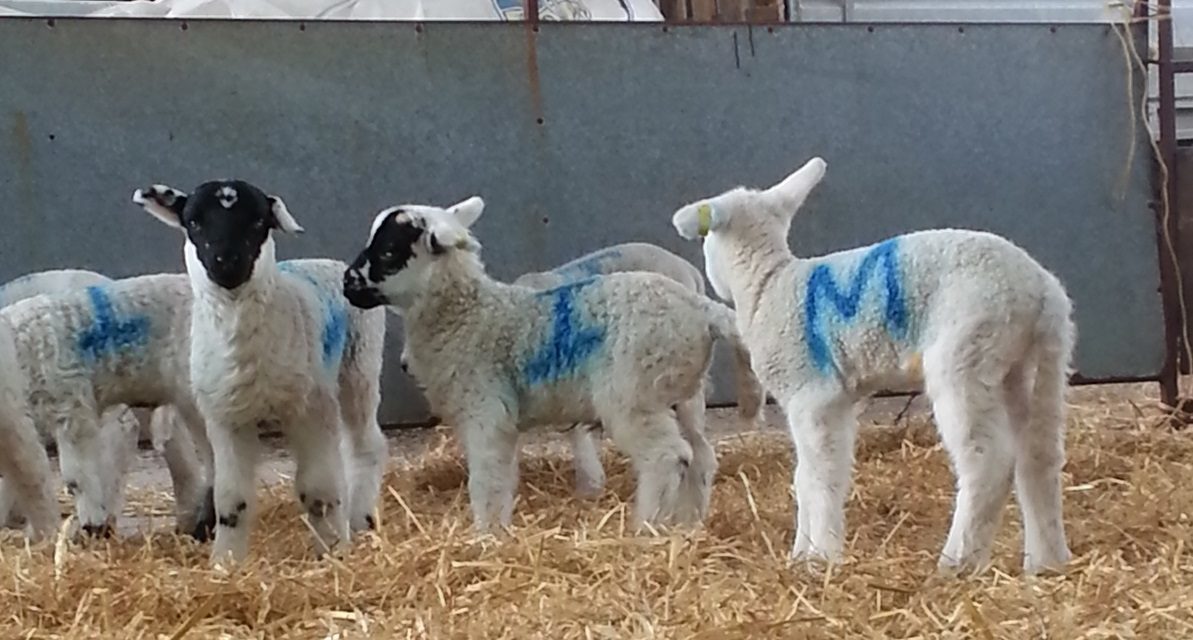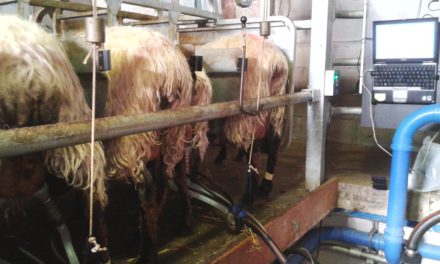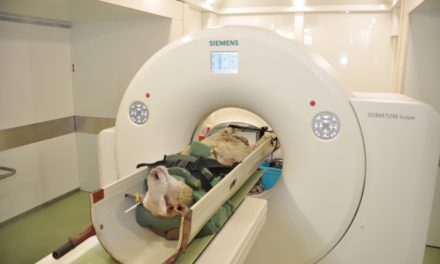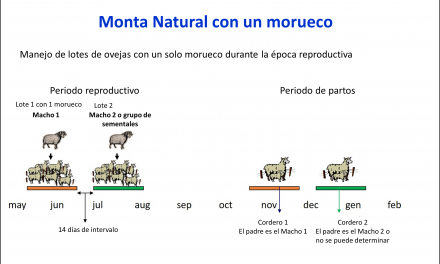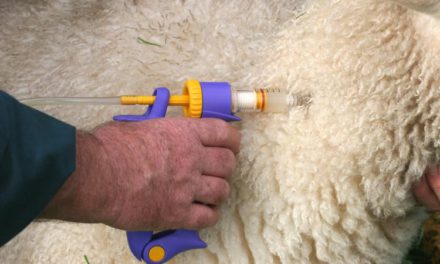This post is also available in:
![]()
![]()
![]()
![]()
Effect of ewe genotype on ewe productivity and lifetime performance
Title: Effect of ewe genotype on ewe productivity and lifetime performance
Need/issue: Lifetime performance/productivity
Introduction:
A key factor influencing profitability from lamb production is ewe productivity; that is the number of lambs weaned per ewe joined with rams. The factors influencing ewe productivity are litter size, the proportion of ewes joined that actually produce lambs, and lamb survival.
Ewe productivity has remained relatively static, at approximately 1.3 lambs weaned per ewe joined, on Irish lowland farms for the last 30 to 40 years. This lack of an improvement is likely attributable to the absence of significant increase in the use of more prolific ewe genotypes. Currently, 73% of lowland ewes have been sired by one of the three main terminal sire breeds (Suffolk, Texel and Charollais), and two of which have inherently low productivity. Suffolk and Suffolk-cross ewes account for 55% of lowland ewes. The Belclare breed has a litter size of approximately 2.2 under typical on-farm management conditions, and represents the sire of 10% of ewes in lowland flocks.
Since the costs involved in sheep production are attributable primarily to the ewe, rather than to her lambs, production costs per lamb can be reduced by increasing the number of lambs produced per ewe lifetime. The number of lambs reared per ewe lifetime are influenced by ewe prolificacy (ewe genotype).
Country: Ireland
Dairy or/and meat sheep: Meat
Category of Animal : Ewes and replacements
Effect of ewe genotype
A number of studies have been undertaken by Teagasc at Athenry, and previously at Belclare, Blindwell and Knockbeg, to evaluate the effect of ewe genotype on ewe productivity. These studies were initiated in the 1980’s and completed in 2006. In these studies crossbred ewes were bred from either Scottish Blackface or Cheviot ewes and were sired by rams from different breeds. The resultant female progeny were retained for 3 production cycles, i.e., had an opportunity to produce 3 litters of lambs. The crossbred ewes were managed in a lowland grass-based system for prime lamb production. The results of these studies are summarised in Table 1. The number of lambs reared per ewe joined varied among genotypes by up to 0.44 lambs, which is equivalent to approximately €65 per ewe joined. The ewe genotypes that reared the highest number of lambs per ewe joined were the Belclare-X and the Charollais-X. Relative to Belclare-X ewes, Suffolk-X and Texel X ewes reared 0.21 less lambs per ewe joined.
Table 1. Effect of ewe genotype on ewe productivity (lambs reared per ewe joined)
|
Breed of sire of ewe |
Lambs reared /ewe joined |
|
Belclare |
1.70 |
|
Charollais |
1.66 |
|
Blue Leicester |
1.55 |
|
Vendeen |
1.51 |
|
Bleue du Maine |
1.51 |
|
Border Leicester |
1.51 |
|
Texel |
1.49 |
|
Suffolk |
1.49 |
|
Rouge de l’Ouest |
1.37 |
|
Galway |
1.35 |
|
Charmoise |
1.27 |
|
Cheviot |
1.26 |
|
(Source: Hanrahan and Keady 2014) |
|
Athenry study
A recent study was designed to evaluate the effects of ewe genotype (≥75% Suffolk, Belclare×Suffolk, purebred Belclare) on the lifetime performance of ewes. Suffolk was chosen as over half of the national flock comprise of Suffolk types while the Belclare was chosen because of its proven high productivity. The Belclare and Belclare x Suffolk ewes were born at Athenry while the ‘>75%’ Suffolk ewes were purchased off farms in Galway, Mayo and Roscommon. All ewes were March born, managed as one group from 4 months of age and were retained until they died or were culled for natural reasons. Charollais sires were used to avoid maternal and terminal breed confounding and to maximise hybrid vigor in the lambs.
Ewe lambs were joined with rams to produce their first litter at 1 year of age. Ewes were housed in mid-December, shorn and offered grass silage based diets. The quantity of concentrate offered during late pregnancy depended on expected litter size and grass silage feed value. Ewes were put to pasture post lambing. Ewe rearing singles or twins, and their lambs, did not receive concentrate supplementation. Ewes rearing triplets received 0.5 kg concentrate daily for 5 weeks post lambing and their lambs had access to 0.3 kg concentrate daily until weaning. Ewes lambing at one year of age, and their lambs, were managed as described for triplet rearing ewes. Concentrate was removed at weaning.
The effect of ewe genotype on ewe and lamb performance when lambing at 1 year, 2 year and as mature ewes is presented in Table 2.
Ewe lambs:
Belclare ewe lambs had a higher litter size than the Belclare×Suffolk and >75% Suffolk genotypes and reared an extra 0.16 and 0.35 lambs per ewe joined relative to Belclare×Suffolk and >75% Suffolk genotypes, respectively. Mean carcass weight of the lambs at slaughter was 20.5 kg. Lambs from Belclare×Suffolk ewes were slaughtered at a younger age probably associated with hybrid vigor.
The effect of weight at joining on the probability of a ewe rearing at least one lamb when lambing at 1 year of age was used as an efficiency index as it reflects differences due to ewe and lamb mortality, litter size and ewe barrenness. Regardless of ewe genotype, as weight at joining increased the probability of rearing at least one lamb increased. To have a 0.9 probability (90% chance) of rearing at least one lamb, ewe lamb body weight at joining would need to be 48.5, 51.2 and 60.0 kg for Belclare, Belclare×Suffolk and ≥75% Suffolk ewe lambs, respectively. Thus Belclare, Belclare×Suffolk and ≥75% Suffolk ewe lambs would need to be 63%, 64% and 72% of mature body when joining at 7.5 months of age to have a 90% probability of rearing at least one lamb.
2 years of age: When lambing at 2 years of age Belclare and Belclare×Suffolk ewes reared 0.25 and 0.23 more lambs per ewe joined, respectively, than >75% Suffolk ewes. Ewe genotype had no effect on lamb performance from birth to slaughter. Mean carcass weight of the lambs at slaughter and age at slaughter was 20.6 kg and 202 days, respectively.
Adult ewes: When lambing as adult ewes (3 years and older) Belclare and Belclare×Suffolk ewes were more prolific, rearing an extra 0.28 and 0.41 lambs/ewe joined relative to the >75%Suffolk genotype. Mean lamb carcass weight and age at slaughter was 21.4 kg and 171 days respectively. Lambs from the >75% Suffolk ewes were 13 and 6 days older at slaughter than lambs from Belclare and Belclare×Suffolk ewes.
Life time performance: Ewe genotype had little impact on the number of lambings although that for Belclare×Suffolk was highest. However, ewe genotype had a major impact on the number of lambs reared during their lifetime. Relative to the >75% Suffolk ewes, the Belclare×Suffolk ewes reared an additional 1.4 lambs.
Table 2: Effect of ewe genotype on performance as ewe lambs, at 2 years and as mature ewes
|
|
|
Ewe genotype |
||
|
Age at lambing |
|
Belclare |
Belclare×Suffolk |
>75% Suffolk |
|
1 year old |
Litter size |
1.65 |
1.41 |
1.26 |
|
|
Lambs reared/ewe joined |
1.2 |
1.0 |
0.8 |
|
|
Lamb weaning weight (kg) |
29.0 |
31.9 |
30.9 |
|
|
Lamb age at slaughter (days) |
207 |
190 |
201 |
|
2 years |
Litter size |
1.90 |
1.84 |
1.59 |
|
|
Lambs reared/ewe joined |
1.61 |
1.59 |
1.36 |
|
|
Lamb weaning weight (kg) |
30.0 |
30.9 |
29.6 |
|
|
Lamb age at slaughter (days) |
203 |
201 |
204 |
|
≥ 3 years |
Litter size |
2.02 |
2.12 |
1.77 |
|
|
Lambs reared/ewe joined |
1.62 |
1.75 |
1.34 |
|
|
Lamb weaning weight (kg) |
33.9 |
35.0 |
33.7 |
|
|
Lamb age at slaughter (days) |
171 |
164 |
177 |
|
Lifetime number of lambings |
3.5 |
3.8 |
3.6 |
|
|
Lifetime number of lambs reared |
6.0 |
6.7 |
5.3 |
|
Conclusions
- Ewe genotype influenced the number of lambs reared per ewe joined by up to 0.44 lambs,
- Belclare-cross ewes have a higher prolificacy than a wide selection of other crossbred types
- Use of Belclare sires increased lifetime lamb output by 25% equivalent to approximately €200

